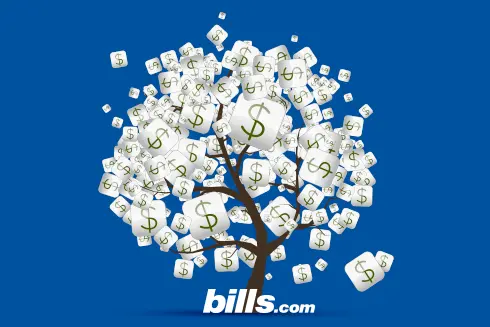
Get rid of your debt faster with debt relief
Choose your debt amount
Or speak to a debt consultant 844-731-0836
I have credit card and student loan debt. Should I use the domino strategy to pay-off my loans quickly at the lowest cost?
I'm thinking about deferring a student loan for a year(the max allowed) with a balance of $16,000 interest rate of 6.5% and term of 10 years. I want to take the $205 payment a month to pay a CC debt off a year early. The CC is under a debt management program and has a balance of $4,700 interest rate of 9.00% and payment of $190. This will leave me more disposable income in the future to add to the student loan and fund retirement. The downside is I lose any deferral for the remainder of the loan and $1,000 will accrue on the loan. The savings on the credit card interest would only be $200. Need your thoughts.
The "debt avalanche" or "domino strategy" is where you maximize payments on the highest-interest account, and minimum payments on all others. Once you are done making payments on the highest interest account, you maximize payments on the next highest. Then move on down the line until all debt is retired.
You are proposing to follow the avalanche or domino strategy, and it is one I like because it retires debt at the lowest cost in interest. It is also effective because it tends to build a person's credit score. I think your plan is sound.
I hope this information helps you Find. Learn & Save.
Best,
Bill

Get rid of your debt faster with debt relief
Take the first step towards a debt-free life with personalized debt reduction strategies.
Choose your debt amount
Or speak to a debt consultant 844-731-0836